Although some people believe that post-production software has changed the world of filters, when it comes to landscape photography there are some must-have filters you’ll want in your camera bag every time you head out to shoot. Along with the rest of your essential landscape photography equipment, filters can elevate your landscapes from so-so to postcard-worthy.
So what are the must-have filters for landscape photography? There are 9 types of filters commonly used in landscape photography. Of these 9 filters, there are 4 filters that should be in your camera bag whenever you shoot outdoors. The remaining filters on our must-have list can add unique features and dimensions to your landscape photos.
By the end of this article, you’ll know what a filter is and why it’s essential to taking professional-quality landscape photos. We’ll cover each of the 9 types of filters and what they will and won’t do for your photos. You’ll also get to see some of the other top equipment you might want to consider for your own camera bag.
Contents
Why filters elevate good landscape photography to great?
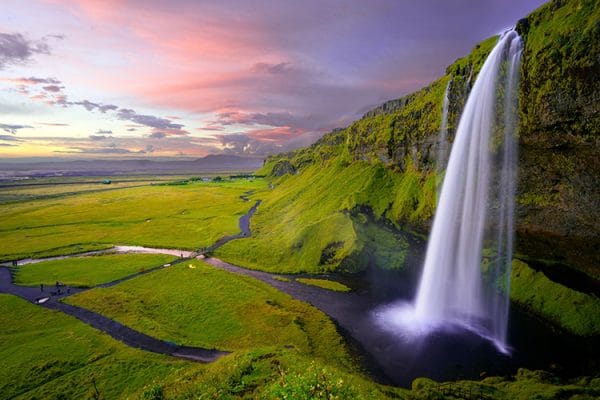
The difference between a good landscape photo and one that gives wonder and awe is often the quality of light. Humans are naturally drawn to stunning sunsets, towering mountains, and the solitude that landscape photos provide. In most cases, it takes good quality lighting conditions to capture those scenes. Unfortunately, none of us can control lighting conditions outdoors.
The basic premise of a filter is similar to why we wear sunglasses. Filters are attachments that, when added to a camera lens, enhance or change the quality of the available light. They also have the benefit of protecting your camera lens from dirt and debris, just like sunglasses do for your eyes.
Landscape photography in particular benefits from filters, because lighting conditions are rarely perfect outdoors and then can vary immensely in different parts of a scene. There are multiple different types of filters and each one is used for a specific lighting condition. Before we cover those, let’s first cover the different types of lens filters.
Types of Lens Filters
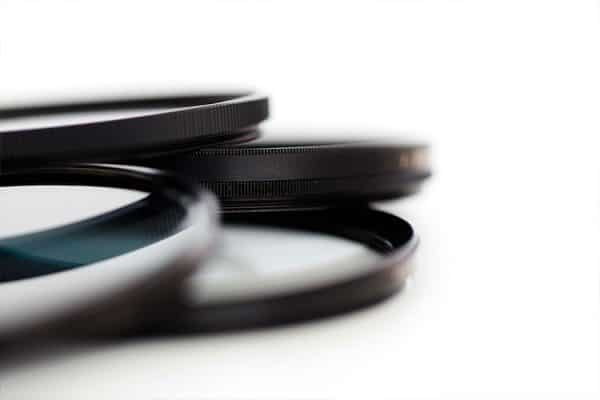
In general, filters come in three formats: a circular screw-on filter, square/rectangular filters, and drop in filters. Each serves similar functions for your photos. What you choose likely depends on your personal preference and lens type.
Circular/Threaded Filters – Circular, screw-on filters are the most common type of lens filter. These threaded round filters are circular disks that screw directly on to the end of your camera lens. They are popular among beginning photographers or those that intend to use lenses in a variety of different settings, not just landscapes. Threaded filters typically come fitted for popular lens sizes. If your lens is a different size, you may need to purchase an adapter for the filter to fit.
Square/Rectangular Filters- Square/Rectangular filters are less common than circular but are popular among professional landscape photographers. These filters are square or rectangular in shape and are slid into a special filter holder system that directly attaches to the lens. The filters are also larger (e.g. 3” by 3” or 4” by 6”) which means you only need one set of filters to use across multiple lens sizes.
Another feature that many professional love about square and rectangular filters is that they can be used in combination together. By sliding multiple different filters in the filter holder system you can address multiple different lighting issues in the same photo.
Drop-in Filters – Drop-in filters are much larger in size than standard square or rectangle lenses. They are primarily used with telephoto lenses. Rather than screwed onto the end of the lens, drop in filter holders are attached separately and the filters are then inserted in a compartment near the rear of the lens.
The 9 Must-Have Filters for Landscape Photography
There are 9 different types of filters that can enhance your landscape photography. Four of those filters make the essentials list, meaning you shouldn’t leave home without them. The remaining five lenses add unique qualities to your images that you may want to consider in certain landscape settings.
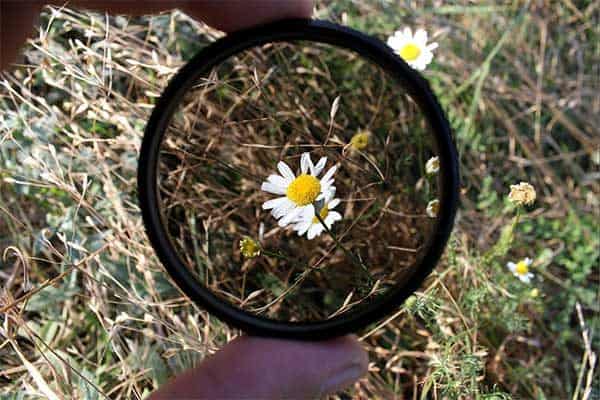
- Circular Polarizing Filter
If you’re new to the filters market, consider purchasing and using a polarizing filter first. Once you understand its benefits, if it’s the only filter you can fit in your bag, you likely won’t leave home without this one.
What it does: Polarizing filters reduce polarized light, otherwise known as stray or reflective light. It changes the highlighting details in photos and can be especially helpful in harsh lighting conditions. Many photographers stand by their circular polarizing filter because the effects can’t always be replicated using post-processing software.
When to use it: All types of photography. In landscapes, polarizing filters are helpful to change the reflections on bodies of water and to enhance or change the definition in skies. These filters can also be used to reduce reflections off wet leaves and roadways.
- UV Filters
Many camera owners choose to permanently mount a UV filter onto their most popular lenses. These filters don’t change the lighting conditions of a lens, but are instead designed to protect it from dirt, debris, and scratches. There’s debate among professional photographers about whether these can actually be considered filters since they don’t have any impact on the final image.
What it does: UV filters provide protection to the lens from moisture, dirt and scratches. They do not have any impact on the quality of the image.
When to use it: Recommended for any outdoor setting which puts your lenses in at high-risk for damage due to dust, debris or moisture.
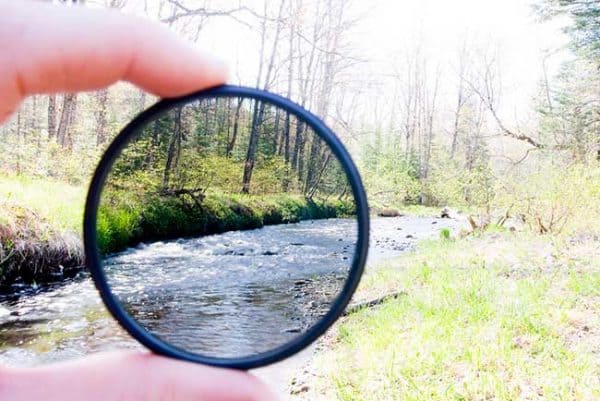
- Neutral Density Filter
Landscape photographers crave those dreamy waterfall and river photos with tack-sharp scenery and the motion of the water perfectly captured. If you’ve attempted to shoot these scenes before, you know how difficult it can be to get that desired ‘pop’ at such low shutter speeds. That’s where the neutral density filter comes in.
What it does: Neutral density filters can help with these tricky lighting situations by reducing the amount of light entering the lens and allowing you to continue using as low of shutter speed as possible. It’s darkened glass put in front of your camera lens, decreasing the amount of light passing through.
When to use it: Neutral density filters are commonly used in water photography, including waterfalls, rivers and when attempting to slightly blur people or wildlife in the scene.
- Graduated Neutral Density Filter

One of the common landscape conundrums beginners face is how to capture settings where the sky is much brighter than the foreground. In this case, the photographer would like to create two different lighting settings, one for the sky area and one for the rest of the frame. A graduated neutral density filter is one way to address this issue.
Graduated Neutral Density (GND) filters are typically rectangular in shape and used with filter holder systems rather than circular threaded filters. This is because they are typically square or rectangular in size with a darkened area at the top and a lighter area at the bottom of the filter.
What it does: When held in front of the camera lens, they tone down the brightness of the sky area without impacting the lighting conditions of the foreground.
When to use it: GND filters can have soft and hard edges meaning the transition line between the dark and light areas is gradual or sharp. Hard edge GND filters are good for when the horizon line is visible and even and you can simply line up the filter line with the horizon line. In situations where there may be more objects to balance between the sky and ground, a soft-edged GND filter may be a better choice.
Another specialty type of GND is the reverse GND. Similar to the hard and soft GND filter, the shading of a reverse GND filter is designed for scenes like sunrises and sunsets where the intensity of the light is focused at the center of the frame and the lighting conditions on the edge of the frame are very different. The filter has a darker center with lighter areas towards the top and bottom of the filter.
Other Filters for Landscape Photography
- Variable Neutral Density Filter

Newer to the filter market, variable neutral density filters solve the problem that inherently comes from using neutral density and graduated neutral density filters. In order to get the exact darkness, historically landscape photographers have had to carry multiple different ND and GND filters. Variable Neutral Density filters reduce that need by condensing all the filters into one. Variable ND filters are circular and attach to the end of a lens. Similar to polarizing filters, by rotating the filter you can get the desired effect of darkened areas of the frame without having to carry multiple filters.
- Color Correcting Filters
Sometimes, you’ll encounter lighting conditions that warrant a filter that can adjust the warmth or color of the landscape scene. Color correcting filters go by many different names: warming, cooling, color conversion, and color compensation filters. Color correcting filters adjust the white balance by changing the quality of the light that reaches the lens.
Some photographers describe midday light as harsh or ‘blue’, whereas other times there may be spillover light that casts a particular color. These types of filters are becoming less and less popular though, because the software involved in post-processing can re-create the white balance changes with good success.
- Light Pollution Reduction Filters

If you find yourself shooting landscapes in low light settings or night photography, you may wish to consider a light pollution reduction filter. LP filters come in two forms, enhancing and intensifying. Both filters work to suppress certain types of man-made light forms, providing tack-sharp night sky landscapes and reducing the ‘orange glow’ from landscapes shot near areas with lots of light pollution.
- Infrared Filters
Another specialty filter that can create some funky and truly artistic landscape photos are infrared filters. These filters block UV and visible light, allowing only infrared light to pass through. If your camera sensor has the capacity to see infrared light, by using an infrared filter you can affordably convert your lens and create amazing photos. Some photographers also use the IR feature on their lens as a way to achieve better composition and manual focusing on the LCD display, especially for complicated landscapes.
- Special Effects Filters
Special effects filters are common among photographers who shoot night landscapes with lighting (e.g. skylines, bridges, holiday lighting). The filters can be used to produce a ‘twinkle’ or beaming effect out of man-made lighting. The filters highlight these light sources and can produce light flares with different characteristics (two-point stars, four point stars, eight-point stars, etc.)
A Note About Post-Processing
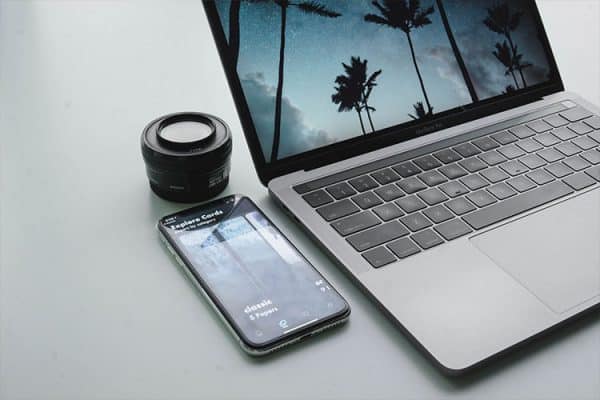
With more powerful software and tools available for post-processing landscape photos, you may question whether or not it’s necessary to shoot with filters at all. We all want to produce high-quality, memorable images. Yet relying on post-processing software to add filters and adjust lighting is risky. What may look like something that you can correct on the computer at home, may really be an image that’s not able to be saved.
Talented photographers know that you’re far better off using good technical skills and your equipment (including filters), as well as the creative skills of composition and form to set up and capture good images in the field. You’ll end up with a far better product on the front end and won’t risk an image that can’t be salvaged in post-processing.
Other Helpful Landscape Photography Equipment
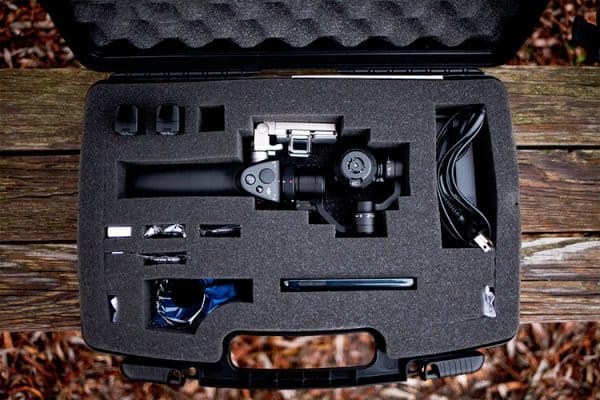
Now that we’ve covered the must-have filters for landscape photography, let’s talk about some of the other equipment you’ll want to consider as you work to take your landscape photography to the next level.
- Filter adaptor rings – The downside of using circular, threaded filters is that not all filters are sized the same. If you have a favorite filter in your landscape kit but need it to fit a different lens size, consider purchasing a filter adaptor ring. Sold as either step up or step down rings, these attach the camera lens and allow you to use a slightly larger or smaller filter size than what is fitted for your lens.
One note about step down and step up rings, the quality of the filter effect can change if you use a smaller filter than is fit for your lens. Step-down rings create a vignette effect on the image so it’s best to use a step up ring whenever possible.
- Brush, blower and cleaning kit – While a filter can provide a layer of protection over your camera lens, that also means the filter is where some of the worst dirt, dust and grunge can collect. In order to keep your filters in top-notch condition (and to avoid spreading dirt from the filter onto your lens) you’ll want to purchase and learn how to use a high-quality brush, blower, and cleaning kit.
- Filter pouch – Along the same lines, you’ll need a safe place to store your filters when not in use. Filter pouches are affordable and easy to store in your camera bag. They’ll keep all your filters in one place making it a breeze to change them in and out as lighting conditions change.
- Tripod with proper mounting plate – Landscape photographers especially will want to consider having a sturdy, well-manufactured tripod in their photography toolkit. Any amount of shutter movement or vibration can quickly cause issues in your landscape photos. Facing outdoor elements like wind can be much easier if your camera is attached to a stable tripod (that you’ve practiced setting up and taking down properly.) You also want to make sure that your mounting plate is rated for the weight of your camera and heaviest lens.
- Cable Release or Shutter Remote – If your landscape photography style includes lots of long exposure photos or regularly shooting in low lighting conditions, you’ll want to invest in a cable release or shutter remote. These allow you to remotely fire your shutter without the risk of your hands creating vibration. It’s essential to achieve those tack-sharp long-exposure shots.
- Rain Cover – One of the occupational hazards of landscape photography is putting your gear out in the elements. A rain cover for both your camera and your camera bag can help protect your expensive purchases from moisture. Even if it’s not raining, moister from fog, waterfall spray, and snow can still cause issues with your camera and lenses. It’s best not to risk it and just purchase a rain cover that fits your body and lens.
- Comfortable Gear Bag or Backpack – If you plan to be shooting a lot of landscape photography, more than likely you’ll find yourself trekking a bit to get there. We can’t stress enough about how important it is to have a comfortable camera bag or backpack to carry all your gear. This is an area you want to spend some time doing research for what’s best for you.
Standard outdoor backpacks don’t have the padding and protection to prevent lenses and camera bodies from getting damaged. Entry-level camera bags or those sold in DSLR camera kits can be hard on your back and shoulders, especially if you spend time on the trail. Do some research on camera bags for landscape and professional wildlife photographers. These people are experts on selecting something that is engineered to be both comfortable and protective.
Does filter material matter?
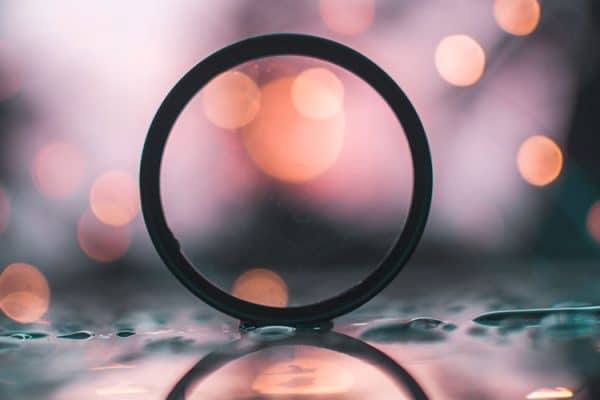
One final note about filters: the material your filter is made out of matters. At this time, filters are manufactured from glass, plastic, resin, and polycarbonate materials. The largest differences in the filter materials are price and durability. Plastic and resin filters are cheaper than glass or polycarbonate filters. They are also fairly durable. Glass filters produce the highest quality images, but tend to easily scratch and break. Polycarbonate can be a good alternative in that they produce high-quality images but do not end have the same break-ability or scratching issues.
Related Questions

What is a close-up filter?
Another popular camera filter you may encounter is a close-up filter. While not suited for landscape photography, close-up filters or close-up lenses attach to a standard lens in the same way, but are used for macro photography. Close-up filters can be thought of in the same way as reading glasses, providing a slightly greater amount of focus and magnification than a standard lens. Unfortunately, close-up filters also impact the image quality, often times limiting the usefulness of the filters. Most photographers that do a lot of macro level photography opt to purchase a true macro lens.
What is the best natural lighting for landscape photography?
While filters can change the quality of the lighting outdoors, experienced photographers find that there some times of day are better than others for taking landscape photography.
Called the “golden hour” it’s best to shoot landscapes in the few hours right after sunrise or the few hours right before sunset. The golden hour is best for shooting because the sun is lower in the sky and tends to be softer. Unfortunately, those are not always the best hours for photographers. That’s where filters can help modify the light to still produce quality images.
What is the best ISO for landscape photography?
ISO settings on your camera determine how sensitive the camera is to the available light. The higher the ISO (3200 and above), the more sensitive the camera will be to the available light and subsequently, the shorter the shutter speed needed. When shooting landscapes, the subjects are not typically moving so there’s less reason to have a high shutter speed (and subsequently a high ISO setting). In general, the best landscape photos are set at the base ISO of 100-200. If you continue to add ISO when it’s not necessary, the greater the likelihood of adding noise to your photos.
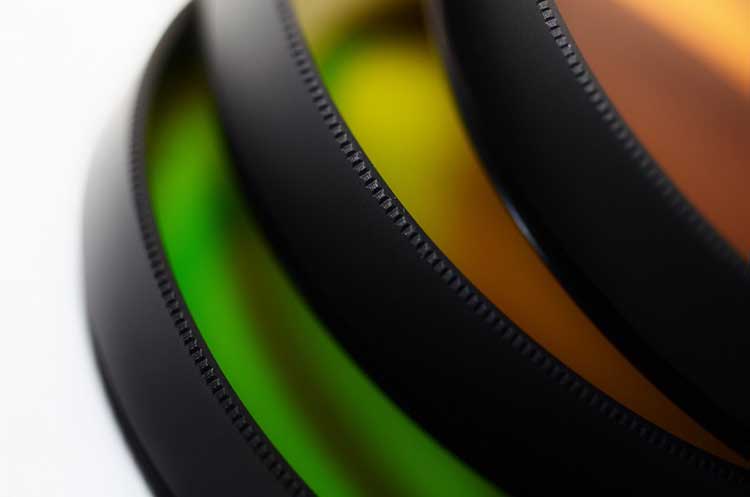
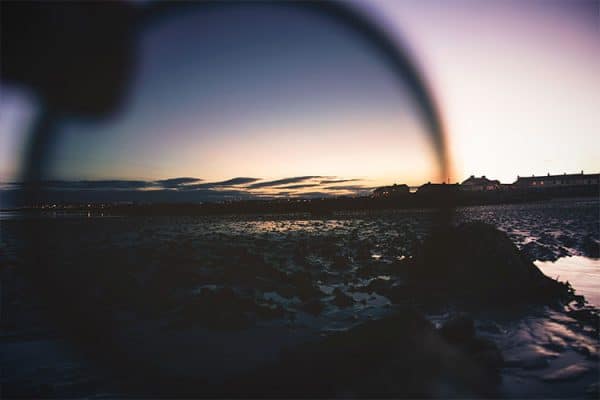
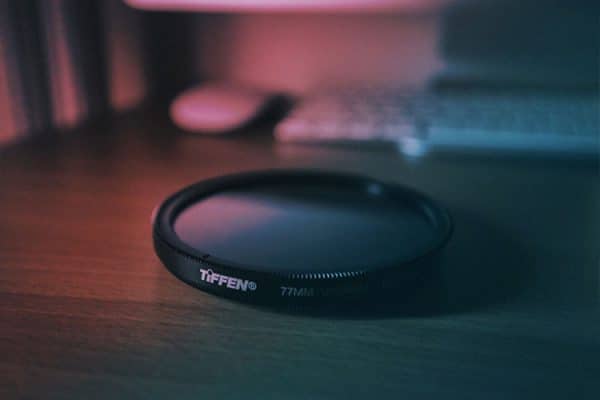
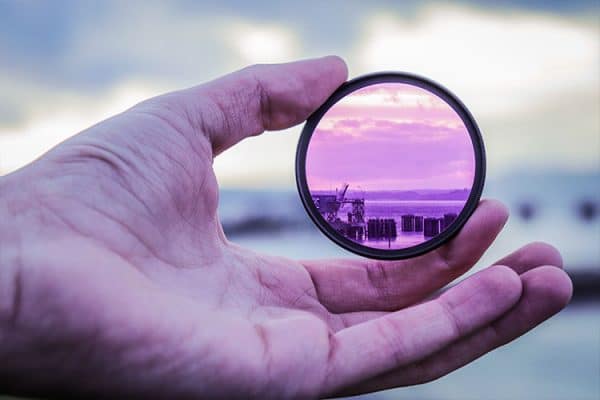
Very informative thank you.